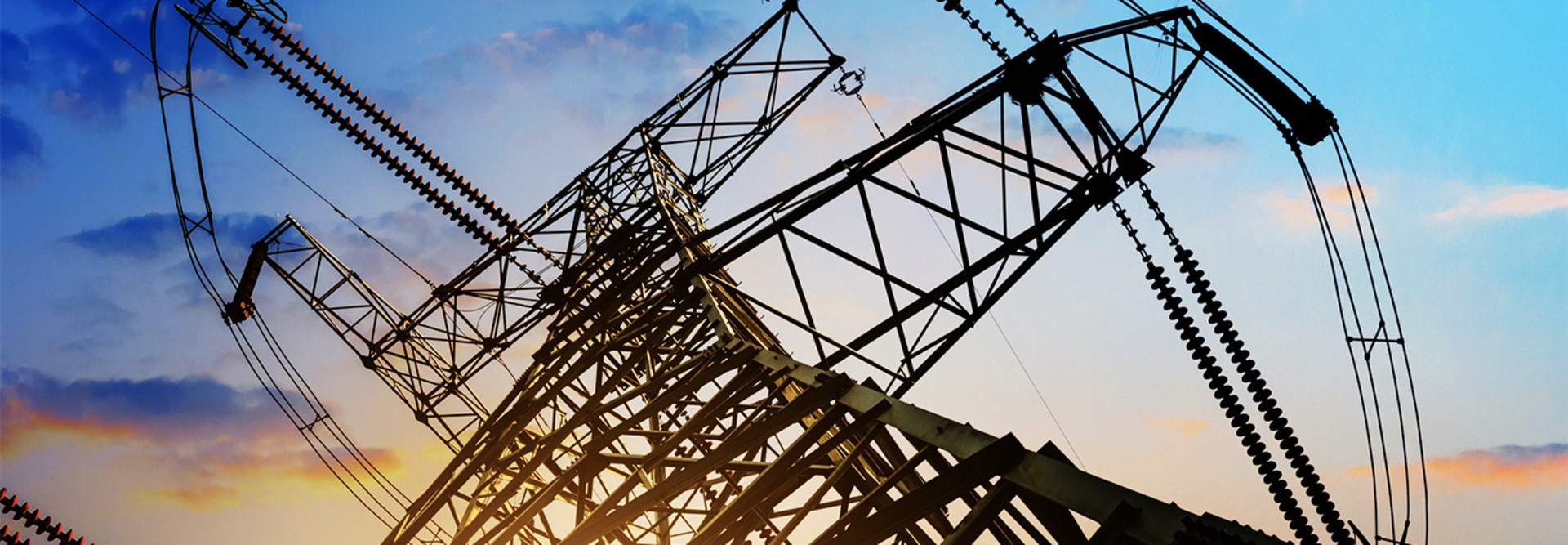What Are the Risks Facing Energy Infrastructure?
The primary risks to energy infrastructure — including electricity, natural gas and petroleum — come not from cyber intrusion or snipers, but from the weather. For example, North Carolina is prime hurricane country. Storms do an average of $186 million per year in damage there, and it’s no surprise falling trees are the primary cause of electrical outages, as is true for the rest of America.
Still, other risks lurk, like time. A third of the state’s aging gas pipeline system was built prior to 1970. North Carolina petroleum pipelines are even more aged, with 57 percent more than 50 years old.
Alaska, on the other hand, enjoys relatively young petroleum pipeline infrastructure, with only 5 percent built before 1970. However, as it is mostly wilderness, 10 percent of electricity outages are due to animals.
Another common cause for electricity failures in all states is faulty equipment and human error, at around 25 percent. The least frequent is theft and vandalism, which hovers around 2 percent.
DISCOVER: How public energy utilities are optimizing citizen services through mobile apps.
“Understanding the causes, frequency and history of energy disruptions helps states make informed decisions about energy investments, resilience and hardening strategies, and asset management,” says Ortiz. “Recognizing state risks and hazards also enables states to better prepare for potential disruptions. States have used these risk profiles for federal grant applications, state energy security plans and tabletop exercises.”
Last year, CESER helped sponsor Wisconsin’s “Shattered Cheddar” regional energy emergency exercise. In attendance were energy officials, public utility commission personnel, emergency management, and national guard representatives from Illinois, Michigan, Minnesota, Iowa, Kentucky, Tennessee, Louisiana, Arkansas, Oklahoma and Nebraska. It also drew members of the Bad River Band of Lake Superior Chippewa and the Menominee Indian Tribe of Wisconsin.
The assembled experts worked through a scenario in which a polar vortex gas pipeline break caused rolling blackouts and a loss of residential heating. The exercise resulted in an agreement to create a new regional coordination framework.












